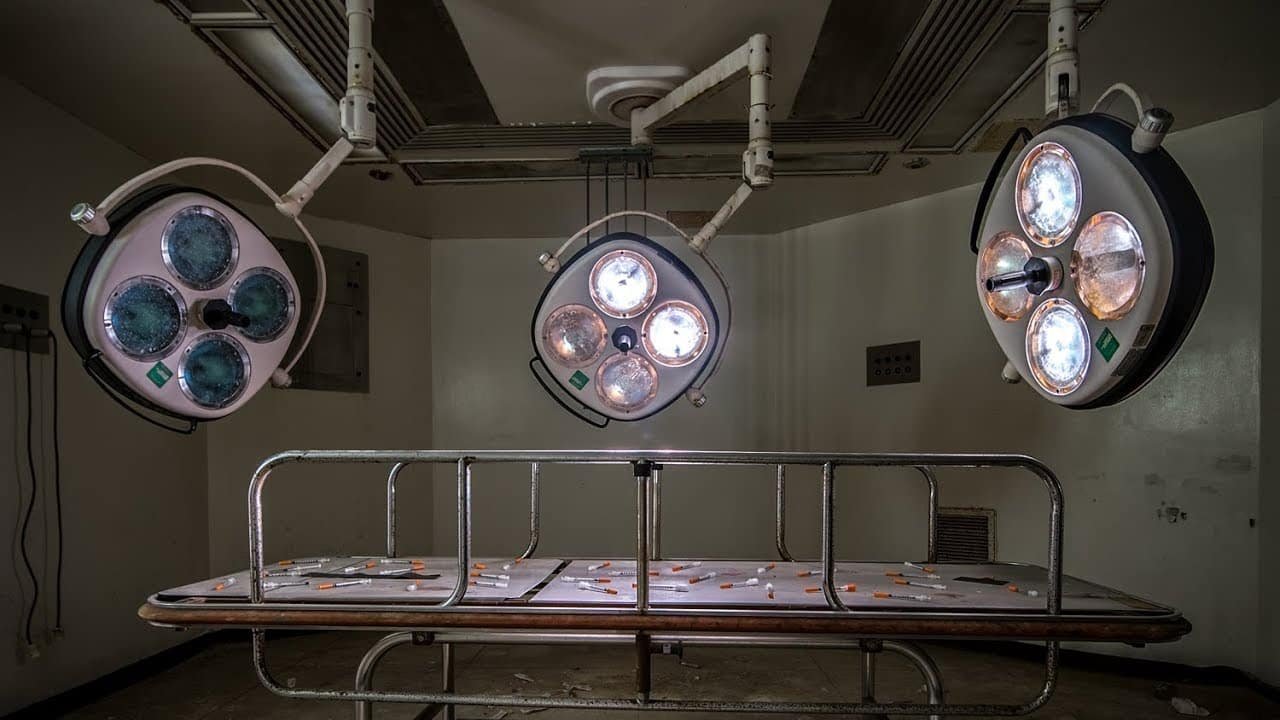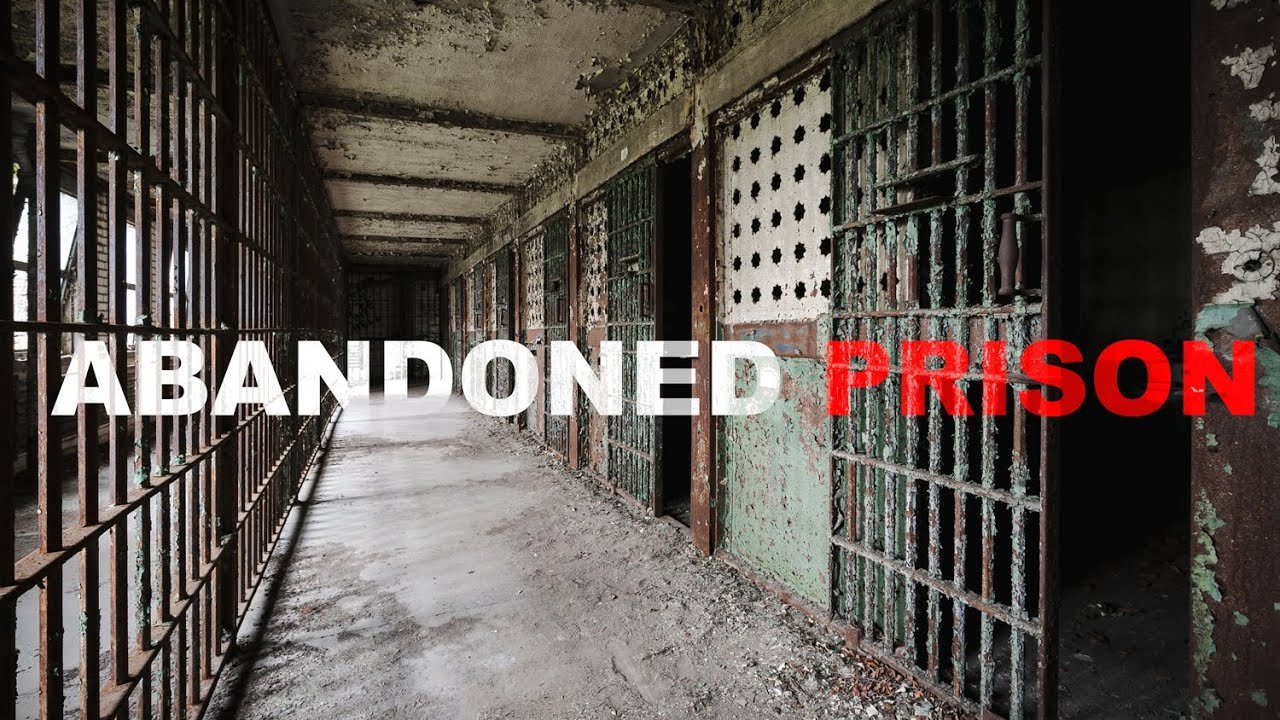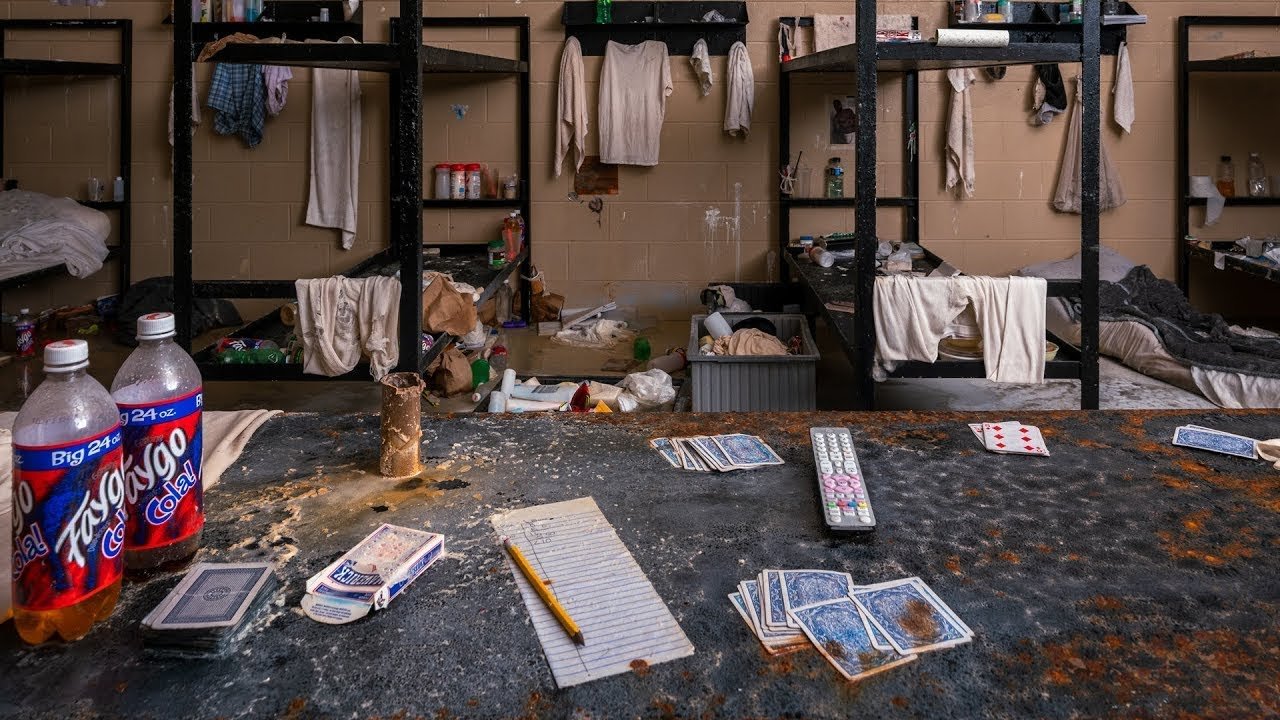Error code 526 can feel like a bad dream, especially when it stops your visitors from accessing your site. It usually points to issues with SSL handshake failures between your server and Cloudflare. But don’t worry; I’m here to break it all down and help you get back on track!

Key Takeaways:
- Understanding Error Code 526: This error signifies SSL handshake failures that may arise from misconfigurations or expired certificates.
- Common Causes: Misconfigured settings, expired SSL certificates, or connectivity hiccups are typical troublemakers.
- Steps to Resolve: From identifying SSL certificate issues to renewing them, I’ve got your back with clear, step-by-step instructions.
Understanding Error Code 526
So, what’s the deal with error code 526? When I first encountered it, I was scratching my head. I mean, how could my website be secure with a fail like that? This pesky error manifests when there are issues in the SSL handshake, which is basically how your server and Cloudflare communicate securely. It’s like a bad date where the two parties just can’t agree on anything. If one party drops the ball, well, your users can’t access your site – and nobody wants that kind of drama!

Common Causes of Error Code 526
If I had a dollar for every time I heard, “What caused this?” I could retire on a beach somewhere, sipping a drink with a tiny umbrella. Most of the time, error code 526 arises due to:

- Misconfigured SSL settings: It’s like trying to fit a square peg into a round hole – it just doesn’t work.
- Expired SSL certificates: If your SSL certificate’s past its prime, it’s time for a renewal!
- Connectivity issues: Sometimes, it’s just that pesky internet acting up when you really need it.
Any one of these could make your site feel like a tangled ball of yarn, but don’t fret. Let’s unravel it together!
How to Identify SSL Certificate Issues
Alright, so let me be your trusty guide as we navigate this. First off, you need to check if your SSL certificate is valid. It’s a bit like checking if you have milk before making your morning coffee. Without that, it’s going to be a rough morning! You can use tools like SSL Labs’ SSL Test to analyze your server and verify the status of your SSL certificate. A clean bill of health means you’re on the right path!

Steps to Fix Error Code 526
Now that we’ve rolled up our sleeves, it’s time to dive into the nitty-gritty of fixing this error. Here’s a step-by-step process to get you back in action:

- Check your SSL certificate: Make sure it’s up-to-date and installed correctly. Like finding out you’ve got a flat tire before a big road trip, it’s a bummer but crucial!
- Review SSL settings in Cloudflare: Ensure that the configuration matches your website’s needs. That’s like making sure you’re dressed appropriately for the weather.
- Test your SSL connection: Use online testing tools to make sure everything runs smoother than a hot knife through butter.
With these steps, you’ll be well on your way to untangling that knotted web of errors!
Renewing Expired SSL Certificates
Ah, the dreaded expiration! Think of expired SSL certificates like those old banana peels you forgot at the back of your pantry – they just don’t belong. Renewing your SSL certificate is usually a straightforward task, depending on your host. Just log in to your SSL provider, and follow their directions. A new certificate is like a shiny new pair of shoes – it makes you feel good and, more importantly, keeps you secure.
Configuring SSL Settings in Cloudflare
Next up, let’s take a peek at your Cloudflare settings. This step can sometimes feel like fitting a jigsaw puzzle together. Here’s how to configure it right:
- Log into Cloudflare: Under the SSL/TLS section, ensure you’ve selected a mode that fits your website, like Full or Full (Strict).
- Check for automatic HTTPS rewrites: This ensures that your visitors are always directed to the secured version of your site.
- Review your DNS settings: Make sure the DNS records point to the right server and use HTTPS.
Once that’s done, it’s like giving your website a fresh coat of paint!
Testing Your SSL Connection
Now comes the fun part – testing! I can’t stress enough how validating your SSL connection is crucial. You’ll want to use the same tools mentioned earlier, such as SSL Labs. It’s kind of like taking your car to the mechanic for a check-up before a long drive – better safe than sorry!
When to Contact Your Hosting Provider
Sometimes, despite your best efforts, you might reach a dead end. If that’s the case, don’t hesitate to reach out to your hosting provider. They can assist you like a good friend who brings over snacks when you’re feeling down. Explain your situation, share the error code (526, in this case), and they’ll guide you on the best way to resolve it. Just remember: they’re your allies, and teamwork makes the dream work!
Conclusion: Resolving Error Code 526 Quickly
In wrapping this up, dealing with error code 526 doesn’t have to feel like climbing a mountain. With a little understanding of SSL, common causes, and the steps to fix it, you’ll have that error resolved in no time. Being proactive is key; keep those SSL certificates current and watch your website glide smoothly like a well-oiled machine. I hope this guide served as a friendly roadmap for you, ready to bring you back into the sunlight, keeping your site secure and your visitors happy!






















